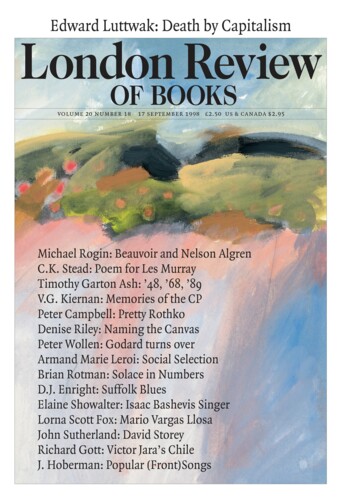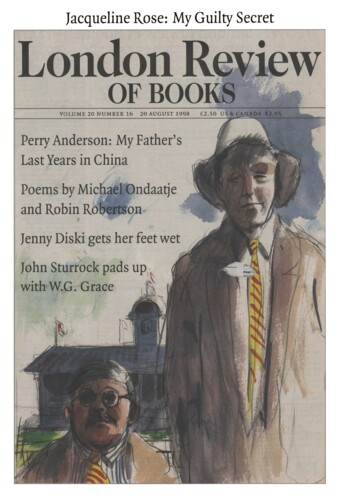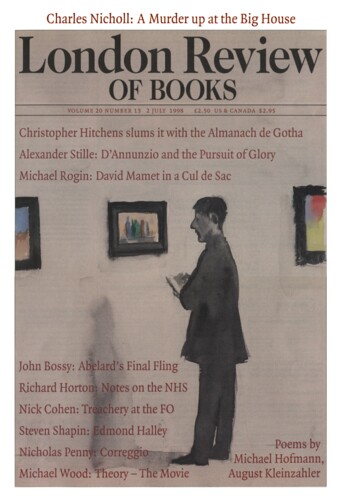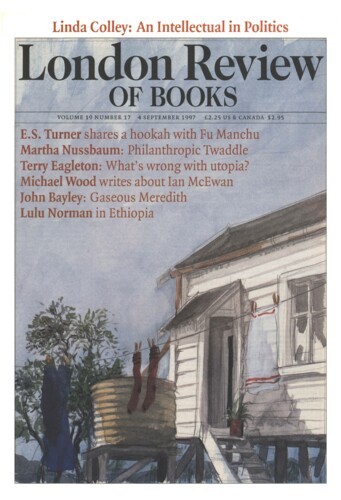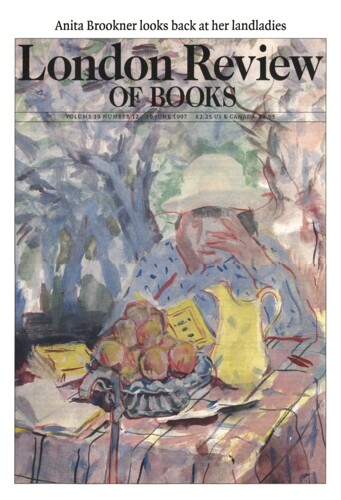The stocking cap, solid black on top and red-ribbed across the tube, an eye popping out at the face end. Red outline for ear, forked red line for mouth, blue-grey near-rectangle vertically placed for shoulder. These lines and shapes precipitate a face, itself un-outlined, from out of white space, the unmistakable head of Harpo Marx. Turn a few more pages of Wendy Wick Reaves’s spectacular book Celebrity Caricature in America, the catalogue for an exhibition at the Smithsonian in Washington DC until 23 August, and you will also learn unmistakably to recognise the artist, Miguel Covarrubias. There’s Covarrubias again, putting Jean Harlow on the couch below an elongated, brooding Freud; she appears to be dreaming of cacti, shown outside the window lighting up the night sky. Covarrubias is illustrating one of the ‘Impossible Interviews’ that ran in the Vanity Fair of the Thirties. There he is yet again, crowding together in aggressively two-dimensional space, separated only by the prison bars between them, a fat, jowly, smiling, check-suited Al Capone and a white-haired/eyebrowed/moustachioed, black-coated Supreme Court Chief Justice, Charles Evans Hughes. There’s Harpo again, this time with cotton-wool locks, alongside his brothers – Groucho’s moustache, glasses, cigar, wing-tipped head of hair, Chico’s sly open mouth and steel-wool hair identifying the ersatz Italian Jew. The three faces jump out at you from the sheet music for A Night at the Opera in Al Hirschfeld’s 1935 collage. There’s Al Freuh’s jaunty economical outline of, unmistakably, the showman George M. Cohan spinning his cane, Paolo Garretto’s Babe Ruth as home run baseball floating in the air, unmistakably baseball and unmistakably Ruth. And Henry Major’s Ernst Lubitsch, Will Cotton’s Theodore Dreiser, Hirschfeld’s Bojangles Robinson, and more and more, all well-known and all made new.’‘
The stocking cap, solid black on top and red-ribbed across the tube, an eye popping out at the face end. Red outline for ear, forked red line for mouth, blue-grey near-rectangle vertically placed...
